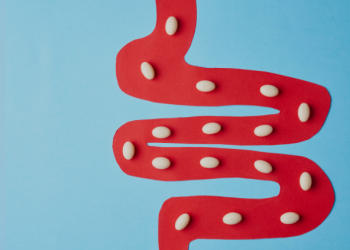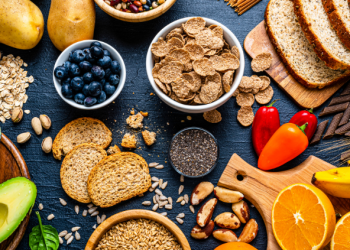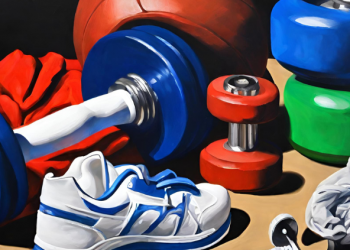Enhancing Health and Speed in Female Distance Runners Through Improved Diet

A groundbreaking nutrition study for female collegiate runners was recently published by Professor Michael Fredericson, MD, Stanford Lifestyle Medicine (SLM) Director, and Megan Roche, MD, member of the SLM Movement & Exercise pillar. The study’s goals were to improve the health of these runners through a diet intervention, decrease the incidence of bone stress injuries (aka stress fractures), and ultimately improve their performance.
“A runner’s diet is extremely important for maintaining overall health,” says Dr. Fredericson, who has served as the Stanford University track team head physician for decades. “Runners who are excessively lean are prone to injuries, infectious diseases, mental health problems, and loss in bone density.”
The study followed 78 female long-distance runners at both Stanford and UCLA. Over a four year period, the athletes were educated on caloric and balanced nutrient intake, with regular presentations by dieticians and individualized consultations. Athletes with nutrition deficiencies, irregular menstruation, or injuries had more frequent meetings with dieticians. Throughout the study, incidence of bone stress injuries were tracked in the participating athletes.
The nutrition counseling resulted in a remarkable 50 percent reduction in bone stress injuries and doubled the occurrence of regular menstruation among athletes, indicating improved overall health. Even though bone stress injuries affect runners of both genders, there is a higher prevalence among females, which is why the study focused specifically on female distance runners. While the reasons for these findings remain unclear, factors such as male bone density and potential protective effects of testosterone might contribute to the observed gender discrepancy.
In addition to these improvements in health, the nutrition counseling intervention also enhanced athletic performance. Athletes who regained their menstrual cycles and achieved higher bone density also demonstrated enhanced athletic capabilities.
“Your strongest self is your fastest self,” says the second researcher of the study, Dr. Roche, who is an ultrarunner and running coach. “The idea that a leaner body makes for a faster stride is common among distance runners. But it’s inaccurate and sets a dangerous ideal.”
Crucial to the success of the study was shifting the team’s mindset on nutrition and weight. At Stanford University, the coaches and dieticians for the women’s track and cross-country teams, who were actively involved in the study, played a significant role in fostering a positive perspective on nutrition among the athletes.
Dr. Fredericson and Dr. Roche hope that athletes from every sport, age, and gender can learn from this study. Here is their advice for all athletes:
- Eat enough to maintain a healthy weight, which varies from athlete to athlete.
- Replenish within 30 minutes after a workout, ideally with carbohydrates and protein.
- Consume four to five frequent smaller meals throughout day, rather than three larger meals.
- Don’t shy away from healthy, plant-derived fats, like nuts and avocados.
- Remember to get enough calcium and Vitamin D for bone strength.






















